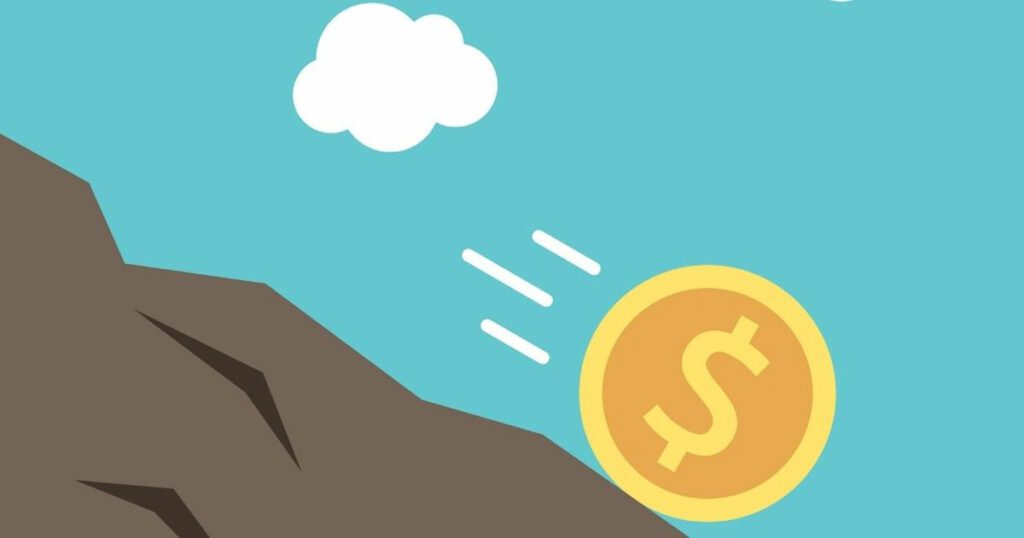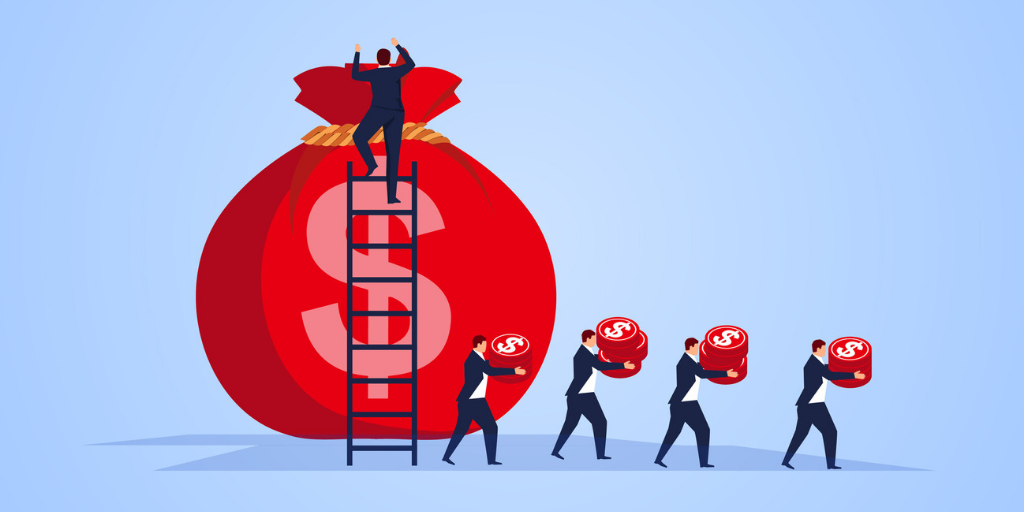The Concept of Depreciation
Depreciation measures the durability of a fixed asset and refers to the ongoing decline in its quality, quantity, or value. In fact, over time, the efficiency of fixed assets that are constantly used in business will decrease. Therefore, depreciation can be considered a kind of price reduction even if the product is appropriately stored and used correctly. For example, no matter how well you maintain your property, water pipes, appliances, etc., will be worn out over time. Note, of course, that depreciation does not mean erosion and destruction of property.
Based on utilization in accounting, asset depreciation can also be defined as follows:
The final cost of a fixed asset, minus the value of its disposal, is divided by the asset’s estimated useful life.
Of course, we should note that you must do this division carefully and at regular intervals. You may be wondering what we mean by “fixed assets.” ُStay tuned with SOJECT to clarify all of your ambiguities.
Learn more: 22 Steps to Starting a Personal Business
Fixed Assets and Their Importance
Fixed assets or capital assets, which are considered a type of property for a company, are resources that can not be consumed within an accounting year. These assets are most likely recorded in the balance sheets under headings such as property, equipment, machinery, and so on.
In other words, fixed assets are real estate, vehicles, equipment, and devices, as well as any other tangible assets that an economic entity has and can use as a way to earn money.
As you can see, these properties are extremely important for businesses. These assets play an essential role in financial statements. If a business unit decides to take out a loan, it must provide a list of its fixed assets to the bank.
Given the role that fixed assets play in corporate accounting and financing, it is important to consider their Depreciation to manage the costs
The Necessity of Calculating the Depreciation of Fixed Assets
When you calculate the depreciation rate of an asset, you are actually dividing the cost of the asset by the period of useful life it has. Otherwise, the cost of the newly purchased assets will be loaded on the first year of purchase and cause the cost to increase unreasonably of that year. However, you will use these assets in the following years without calculating their depreciated cost.
The Causes of Assets Depreciation
Assets, based on their nature, are depreciated for the following two reasons:
Physical Factors
The three physical reasons that permanently affect tangible assets and depreciate them are as follows:
- Timepass
- Utilizing
- Caries and rust
Practical Factors:
- Inadequacy
- Occasions that cause premature replacement
Occasions that cause premature replacement include technology advancement. The rapid progress of technology causes machines and other tools to become obsolete and imposes additional costs on the business.
Depreciated Cost Definition
Depreciation Expenses are important criteria for most companies and businesses. Based on equipment depreciation measures, decision-makers and senior managers can make the best decisions for the future of their company. In fact, the Depreciation Expense calculation shows how much the value of a company’s existing assets has decreased over a period of time.
One of the businesses’ sources of revenue is their tangible assets. However, using them reduces their efficiency over time, which is called depreciation. Thus, it is necessary to calculate the cost of assets depreciation and reduce it from the company’s revenues.
Note that the cost of purchasing a new asset is paid in a lump sum and recorded in the financial accounts. However, depreciation expense is usually a non-cash expense and cannot be recorded in the same way. This expense does not reflect actual cash flow. For this reason, depreciation expenses are calculated periodically and are included in that period’s financial statements.

How to Calculate Asset Depreciation
To calculate the depreciation of assets, you should know about the following three factors:
- Real cost
- Estimating the value of scrap
- Estimation of useful life
Real cost
you can use the following formulas to calculate the real cost:
- Cost of goods sold = Inventory of goods ready for sale – Inventory of goods at the end of the period
- Inventory of goods at the end of the period = Inventory of the number of goods that can be counted in the warehouse
- Inventory ready for sale = inventory of goods at the start of the period + net purchase
- Net purchase = purchase during the period + purchase additions – (return from purchase + purchase percentage discounts + purchase deductions)
The Value of Scrap
The value of scrap is calculated based on the fair market value. Scrap value refers to the expected amount of money incurred when selling an asset (property), replacing it, or when you have given up using it.
The value of scrapping helps you estimate the life of your asset and know how long it will be profitable to use.
Estimation of Useful Life
Useful or shelf life refers to the minimum amount of units that an asset is expected to be used to generate revenue. This unit varies depending on the business and can be time, production number, or function.
When estimating the useful life of a fixed asset to calculate depreciation, you should consider the following:
1. Assets should be used by the current owner.
2. The asset should be used for the purpose you intended when purchasing it.
3. you should define a specific policy for the maintenance of the asset during the period of use.
The Different Ways to Calculate Depreciation
There are three common ways to calculate the cost of depreciation. Every business can adopt one of them based on its assets type.
1. Straight-line depreciation method
2. Reducing balance method
3. Units of production depreciation
Straight-line Depreciation Method
In this method, the cost of purchasing an asset is divided equally over its years of work. By using this method, the amount of depreciation is evenly distributed over the asset’s useful life. This way is one of the simplest methods for calculating the depreciation cost.
Reducing Balance Method
In this method, it is assumed that the new assets are used more in the first few years of their life because they are more efficient than the old ones. Based on this fact, more depreciation cost is considered for the new assets in the first years of their purchase. This method is used to calculate the depreciation of assets that lose much of their value in the early years, such as computer equipment.
Units of Production Depreciation
As the name of this method implies, the basis of the depreciation cost calculation is the number of produced units instead of the time passed. This method considers the performance that the asset has actually experienced. The units of production depreciation method is helpful for businesses that use machinery to make products.

